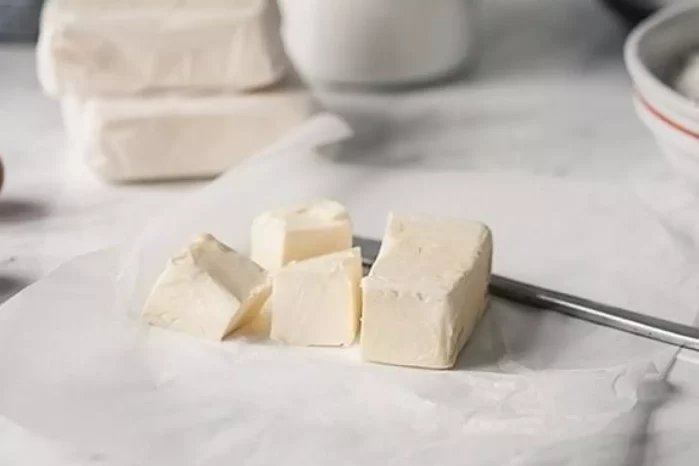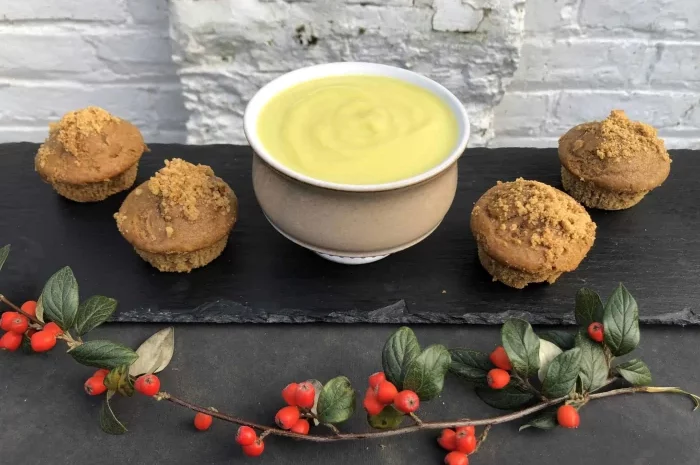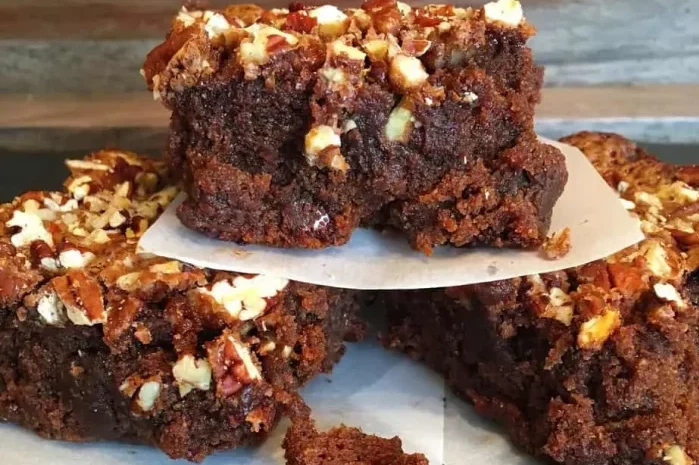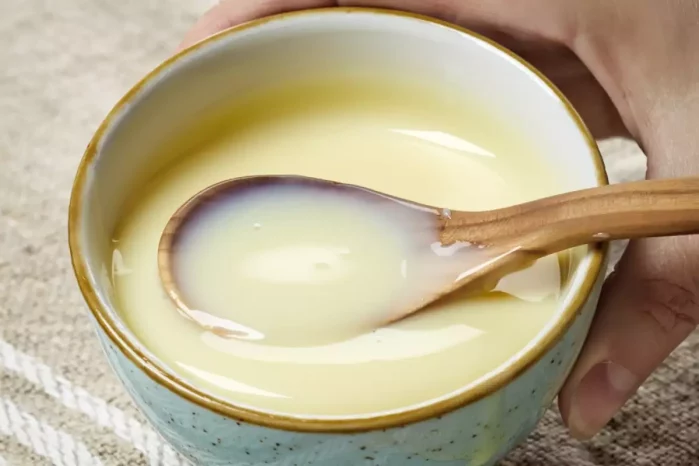Butter is a beloved ingredient in cooking and baking, prized for its rich flavor, creamy texture, and versatility.
However, for those with dietary restrictions or preferences, finding suitable alternatives to butter can be essential. Whether you’re vegan, lactose intolerant, or simply looking to reduce your saturated fat intake, there are plenty of delicious options available to replace butter in your favorite recipes.
In this comprehensive guide, we’ll explore a variety of butter substitutes, ranging from plant-based options to specialty ingredients. Whether you’re sautéing, spreading, or baking, these alternatives will provide the flavor and functionality you need without compromising on taste or texture.
Understanding Butter and Its Role in Cooking
Before we delve into butter substitutes, let’s briefly discuss the role of butter in cooking and baking:
Origins and Composition:
Butter is a dairy product made from churning cream or milk to separate the butterfat from the buttermilk. It typically contains at least 80% milk fat, with the remaining percentage consisting of water and milk solids. Butter’s high fat content gives it its characteristic flavor, texture, and melting properties.
Role in Cooking and Baking:
Butter is prized for its ability to add richness, flavor, and moisture to a wide range of dishes.
In cooking, butter is used for sautéing, frying, and browning, as well as for making sauces and dressings.
In baking, butter serves as a key ingredient in recipes for cakes, cookies, pastries, and other baked goods, where it contributes to texture, structure, and flavor development.
Factors to Consider When Substituting Butter
When selecting a butter substitute, consider the following factors:
1. Flavor Profile:
Choose a substitute that closely matches the flavor of butter or complements the flavors in your recipe. Look for options with a rich, creamy taste that won’t overpower the other ingredients.
2. Texture and Consistency:
Consider the texture and consistency of the substitute and how it will affect the final outcome of your dish. Choose substitutes that mimic the creamy, spreadable texture of butter or can be used in a similar manner in cooking and baking.
3. Melting Point:
Pay attention to the melting point of the substitute, especially if you’re using it for cooking or baking. Select options that melt at a similar temperature to butter to ensure proper browning and texture development.
4. Dietary Restrictions:
Take into account any dietary restrictions or preferences, such as vegan, dairy-free, or gluten-free diets. Choose substitutes that align with your dietary needs and preferences while still providing the desired flavor and functionality.
The Best Butter Substitutes
Now, let’s explore some of the best butter substitutes and how to use them in your cooking and baking:
1. Margarine:
Flavor Profile: Margarine is a plant-based spread made from vegetable oils, water, and emulsifiers. It has a similar flavor to butter but may vary depending on the brand and formulation.
Texture: Margarine has a creamy consistency that makes it suitable for spreading on toast or baking in cookies and cakes.
How to Use: Substitute margarine for butter in a 1:1 ratio in recipes for cooking, baking, or spreading. Choose a margarine that is specifically labeled as suitable for baking for best results.
2. Coconut Oil:
Flavor Profile: Coconut oil has a rich, slightly sweet flavor with a hint of coconut aroma. It adds a tropical twist to recipes and works well in both sweet and savory dishes.
Texture: Coconut oil is solid at room temperature but melts easily when heated. It provides a smooth, creamy texture to baked goods and can be used as a spread or cooking oil.
How to Use: Use coconut oil as a 1:1 substitute for butter in recipes for baking, sautéing, or frying. Keep in mind that coconut oil has a lower melting point than butter, so you may need to adjust cooking times and temperatures accordingly.
3. Olive Oil:
Flavor Profile: Olive oil has a distinctive fruity flavor with hints of grassiness and pepper. It adds depth and complexity to dishes and is available in a range of intensities, from mild to robust.
Texture: Olive oil is liquid at room temperature and solidifies when chilled. It provides a silky texture to baked goods and can be drizzled over vegetables or used as a dip for bread.
How to Use: Substitute olive oil for butter in a 3:4 ratio (i.e., use 3/4 cup of olive oil for every 1 cup of butter) in recipes for baking or cooking. Choose a mild or light olive oil for recipes where you don’t want the flavor of the oil to overpower the other ingredients.
4. Avocado:
Flavor Profile: Avocado has a rich, buttery flavor with a mild sweetness. It adds creaminess and depth to dishes and is packed with healthy fats, vitamins, and minerals.
Texture: Avocado is soft and creamy when ripe, making it ideal for spreading on toast or sandwiches. It can also be mashed and used as a substitute for butter in recipes for baking or cooking.
How to Use: Substitute mashed avocado for butter in a 1:1 ratio in recipes for baking or cooking. Keep in mind that avocado has a slightly different texture than butter, so the final result may be slightly denser or moister.
5. Nut Butters:
Flavor Profile: Nut butters such as almond butter, peanut butter, and cashew butter offer a rich, nutty flavor with a hint of sweetness. They add depth and complexity to recipes and are packed with protein, healthy fats, and nutrients.
Texture: Nut butters are creamy and spreadable, making them ideal for use in both sweet and savory dishes. They can be used as a spread on toast, mixed into oatmeal or smoothies, or incorporated into baked goods.
How to Use: Substitute nut butter for butter in a 1:1 ratio in recipes for baking or cooking. Keep in mind that nut butters may alter the flavor and texture of the final dish, so choose a variety that complements the other ingredients.
Conclusion
In conclusion, finding the best butter substitute for your cooking and baking needs is a matter of taste, texture, and dietary preferences.
Whether you’re looking for a plant-based option, a healthier alternative, or simply a change of pace, there are plenty of delicious options to choose from. From margarine and coconut oil to olive oil, avocado, and nut butters, each substitute brings its own unique flavor, texture, and nutritional profile to your favorite recipes.
By experimenting with different substitutes and exploring their culinary possibilities, you can discover new and exciting ways to create delicious dishes without compromising on taste or quality. So go ahead, get creative in the kitchen, and enjoy the flavorful journey of exploring delicious butter substitutes.

























